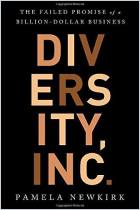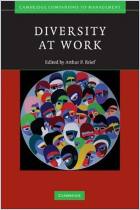Join getAbstract to access the summary!

Join getAbstract to access the summary!
Mia Sullivan
What Is the Bamboo Ceiling?
Hubspot, 2023
What's inside?
Asian Americans face invisible, biased barriers to success; they call this problem the “bamboo ceiling.”
Recommendation
Asian Americans – especially those from East Asian cultures such as China, Korea and Japan, which value harmony and humility over assertiveness and self-promotion – face a challenging yet invisible obstacle to their success. Experts call it the “bamboo ceiling.” In this Hubspot article, business journalist Mia Sullivan explains the unconscious biases that can come into play when American companies consider Asian American employees for promotion. Organizations can help these employees by offering more equitable career development pathways. Proactive employees also can become more self-promoting and consciously develop their own networks.
Summary
About the Author
Mia Sullivan writes about business and technology at The Hustle blog.





















Comment on this summary